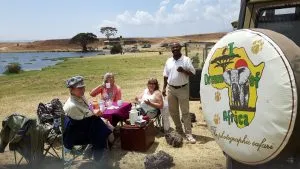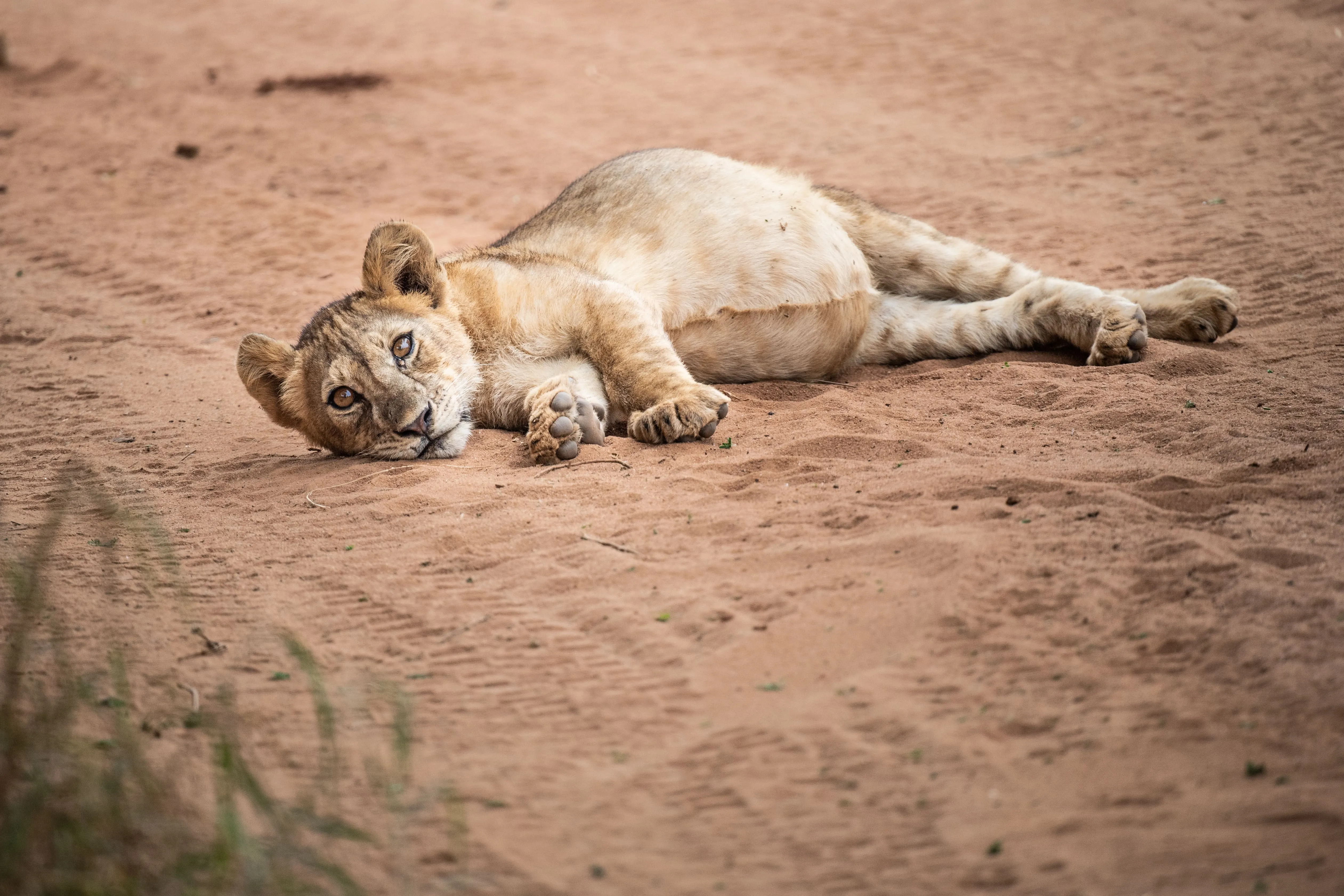The Ngorongoro Conservation Area is a unique gem in Tanzania, renowned for the stunning Ngorongoro Crater. While it’s not a national park, it’s home to a rich array of wildlife and cultural heritage. The vast plains and the slopes of the crater host thousands of animals, including large herds of wildebeest, zebras, and buffalo, while the crater itself harbors over 25,000 large mammals. This UNESCO World Heritage Site is a must-visit for wildlife lovers and those interested in experiencing a blend of nature and culture.
The Ngorongoro Conservation Area is located in the northern part of Tanzania, nestled between the Serengeti and the southern highlands. The area is easily accessible from Arusha, making it a prime destination for a day or multi-day safari.
The Ngorongoro Conservation Area is a year-round destination. However, for optimal wildlife viewing, the dry season from June to October is the best time. During this period, animals gather around the water sources, making them easier to spot.

A game drive through the Ngorongoro Crater is a highlight of any safari. With a high chance of spotting the Big Five, it’s an unforgettable experience. The crater is also home to large groups of lions and the endangered black rhino. Don’t miss the opportunity to observe the hippos at Lake Magadi, where they entertain visitors with their grumbling noises. The crater’s wildlife is abundant, and the landscape is breathtaking.
Walking Tour in Empakai Crater
For a more immersive experience, consider a walking tour in the Empakai Crater. Located about two hours east of the main crater, this scenic walk offers stunning views and a chance to spot various bird species around the lake. The walk is about an hour long, accompanied by a park ranger, and is ideal for those looking to explore the area on foot.
Birding Safari in Ngorongoro Crater
Ngorongoro is a birdwatcher’s paradise, with over 500 species recorded. The crater floor is home to specialized grassland birds like ostriches and secretary birds, while the highland forests boast species like the Livingstone turaco. From November to April, migratory birds from Europe and northern Africa flock to the area, making it the best time for birdwatching.
Visit a Masai Boma

The Maasai people have lived in the Ngorongoro Conservation Area for generations. A visit to a Masai Boma (traditional village) offers a fascinating glimpse into their way of life. The Maasai are known for their colorful attire and cattle-herding culture. While they’re generally wary of photographs, some villages welcome tourists and are happy to share their traditions.
Archaeological Sites: Olduvai Gorge and Laetoli
For history buffs, the Olduvai Gorge is a must-see. This archaeological site is home to some of the oldest human fossils, including Australopithecus boisei, one of the earliest ancestors of humans. The site also offers a rich collection of ancient flora and fauna. Nearby, you can visit Laetoli, famous for its hominid footprints, and the ancient cave paintings near Kondoa.

%20(1).svg)



%20(1).svg)





%20(1).svg)

%20(1).svg)



%20(1).svg)

